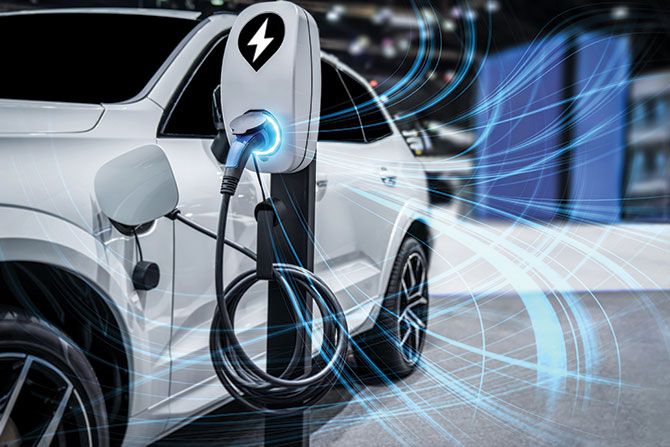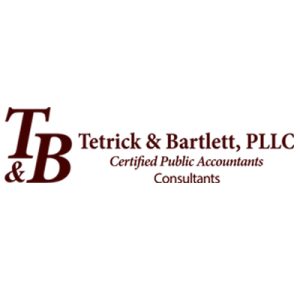The Inflation Reduction Act of 2022 introduced a complex set of requirements for obtaining the tax credit for clean vehicles. We will focus on electric vehicles, other clean vehicles (fuel cells) and commercial clean vehicles beyond the scope of this article.
A new clean vehicle is defined as a motor vehicle that satisfies the following eight requirements:
- The original used must commence with the taxpayer;
- Not purchased for resale;
- Assembled by a qualified manufacturer;
- Meet title II of the Clean Air Act requirements;
- Have a GVW of less than 14,000 pounds;
- Have significant propulsion from an electric motor with a battery capacity equal to or greater Than seven-kilowatt hours and is capable of being recharged from an external source;
- Final assembly must occur within North America; and
- The seller must report certain information to the taxpayer and the Secretary of the Treasury.
The following questions for your customers must be answered for electric vehicles purchased after August 16, 2022:
Is the new vehicle assembled in North America?
- If yes, has the manufacturer reached the 200,000-unit cap on credits?
- If no, ensure the EV is listed on the Department of Energy’s list of electric vehicles with final assembly in North America.
- The old rules apply if the vehicle was purchased or a written binding contract existed before August 16, 2022.
Additional items are triggered on January 1, 2023:
- The 200,000-unit cap expires, allowing all manufacturers that meet the North American assembly and approval by the Department of Energy’s list of electric vehicles with final assembly in North America.
- 50% of the credit ($3,750) is based on where the battery components are made or assembled. 40%+ of the battery components must be manufactured or assembled in North America in 2023, 50%+ for 2024, 60%+ for 2025, 70%+ for 2026, and 80%+ for EVs that go on sale after 2026.
- 50% of the credit ($3,750) is based on where the “critical minerals” are sourced. The same percentages as the battery components apply to these critical minerals. They must be extracted or processed from countries with which the U.S. has a free trade agreement.
- The MSRP for battery electric cars can not exceed $55,000, and SUVs, vans or pickup trucks cannot exceed $80,000.
- There are income limits the purchaser must not exceed: $150,000 for single, $225,000 for heads of households and $300,000 for joint filers.
Next, we need to consider previously owned clean vehicle credits. This credit applies to used clean vehicles sold after Dec. 31, 2022, and is the lesser of $4,000 or 30% of the sales price of the vehicle. The model year of the vehicle must be at least two years earlier than the calendar year the taxpayer purchases the vehicle, the original use began with a person other than the taxpayer, and the vehicle had met the requirements of a new clean vehicle when it was new. In addition, the purchase price of the vehicle cannot exceed $25,000. Reduced income limits (50% of new limits) apply to purchasing previously owned vehicles.
The foregoing information relates to the consumer. Let us explore the requirements for the selling dealer mandated thus far based on our interpretation of Rev. Proc. 2022-42. The person (dealership) that sells any new clean vehicle to the taxpayer must furnish a report of the following items to the taxpayer and the Secretary of the Treasury in a manner yet to be determined. This report will be due within 15 days after the end of the calendar year, with the first report being due Jan. 15, 2024.
- Name and taxpayer identification number of the taxpayer
- Vehicle Identification Number
- Battery capacity of the vehicle
- Verification that the original use commences with the taxpayer
- The date of sale, the sales price of the vehicle and the maximum credit allowable for the vehicle (disregard taxpayer income limits)
- Information regarding transferring credit to an eligible entity
- (After Dec. 31, 2023, the purchaser may elect to transfer the credit to the dealership. The dealership can receive cash for the transferred credit by participating in the advance payment plan.)
While the clean vehicle credit expansion will assist dealers and consumers with affordability, it is a complex path to negotiate. Dealerships will need to educate their sales staff on the new credits so they will be able to effectively communicate what may be available to the customer. If you have questions concerning the availability of the credit to your customers, we recommend you contact your tax advisor for additional guidance.
Leon M. (Lonnie) Rogers, CPA/ABV/CFF, is the managing member of Tetrick & Bartlett, PLLC and has provided accounting, tax, valuation, and consulting services to automobile dealers since 1977. Tetrick & Bartlett, PLLC currently serves over 50 dealers in West Virginia, Virginia, Ohio, and Pennsylvania and is a member of the AutoCPA Group, a nationwide organization of CPA firms specializing in services to automobile dealers. Lonnie can be reached at lrogers@tb.cpa or 304-624-5564.








